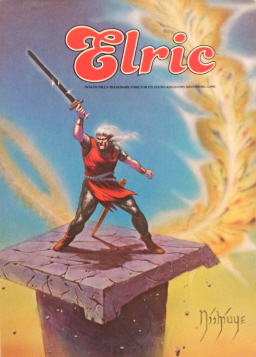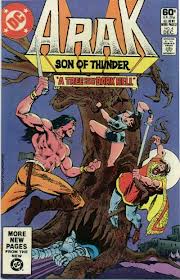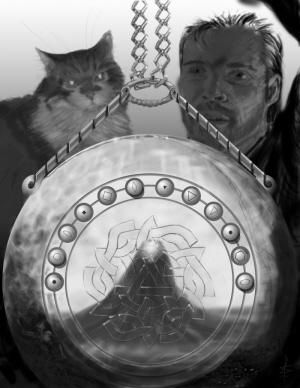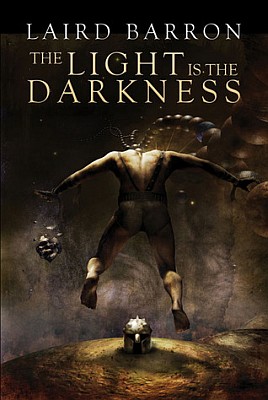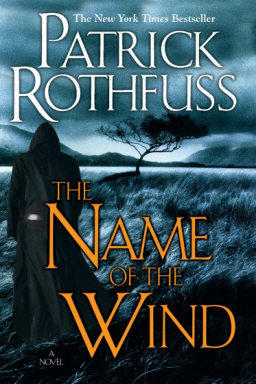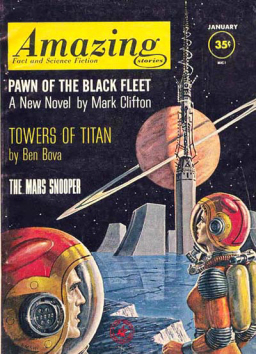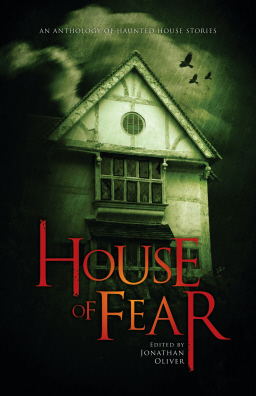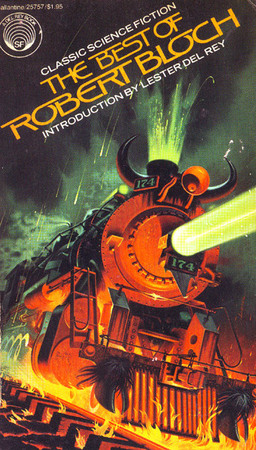Adventures on Stage: Fantasy Literature’s Missing Link
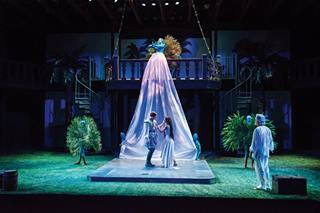 A few weeks back, I had the good fortune to take in productions of The Tempest and Peter and the Starcatcher at the Utah Shakespeare Festival (Cedar City, Utah). As I drove away afterward, I could not but help thinking that plays, too, are literature, and that more than a passing handful of theater’s best, these two titles included, are outright, unabashed fantasies. Adventures, even.
A few weeks back, I had the good fortune to take in productions of The Tempest and Peter and the Starcatcher at the Utah Shakespeare Festival (Cedar City, Utah). As I drove away afterward, I could not but help thinking that plays, too, are literature, and that more than a passing handful of theater’s best, these two titles included, are outright, unabashed fantasies. Adventures, even.
It is admittedly difficult to keep current with theater, since stagecraft is not, as books, comics, and film/television most surely are, a truly mass media. Access is tricky; productions are both local and fleeting. Also, the habit of theater can be expensive.
Nevertheless, I’m going to make a case, here and now, that Black Gate’s readership should take stock and keep track of contemporary theater. Scripted plays, after all, predate the novel as a form by many centuries, and we would be as blind as Tiresias were we to forget that were it not for Oedipus Rex, we would know nothing of that fantasy staple, the talking, riddling sphinx.
